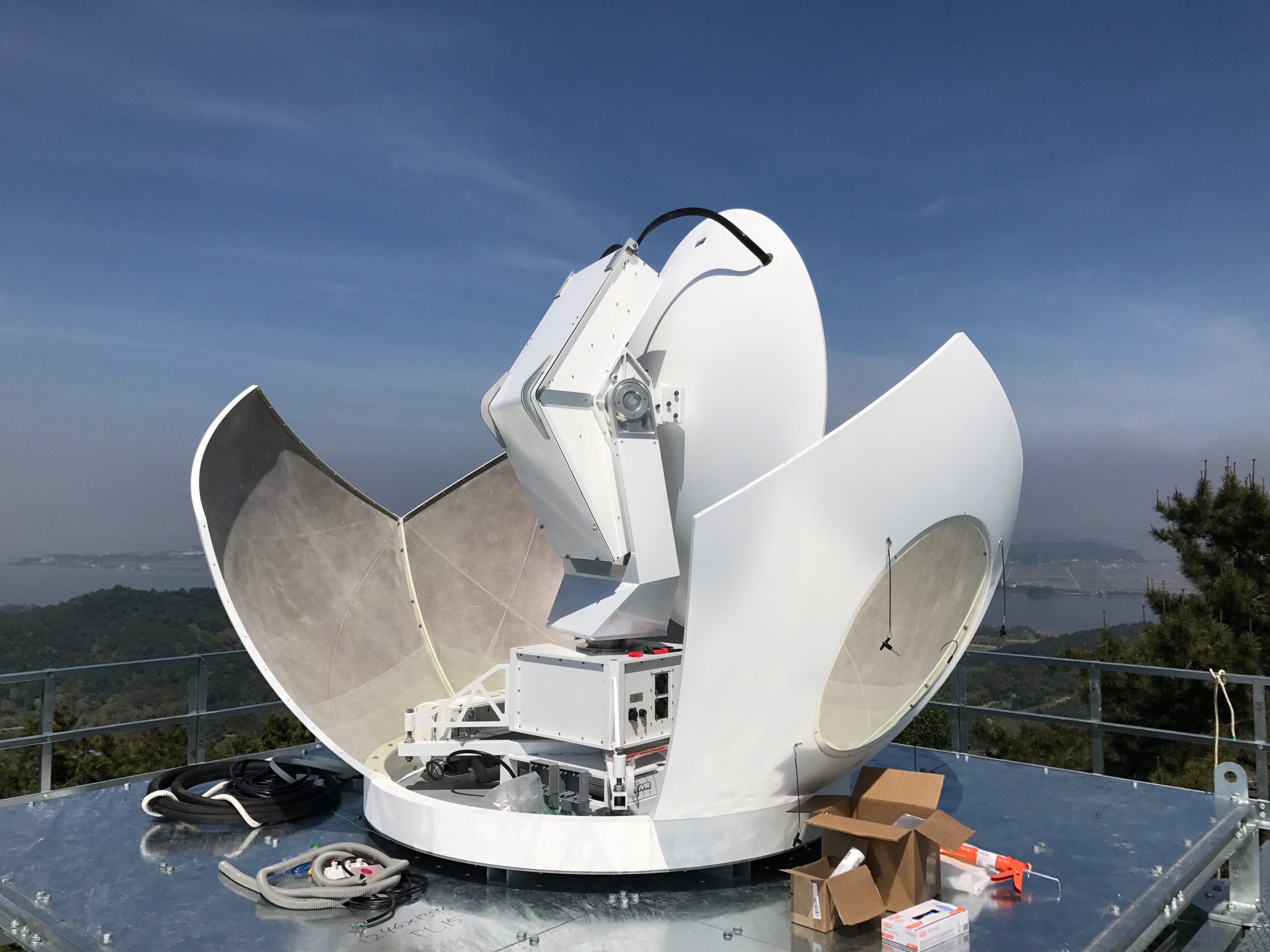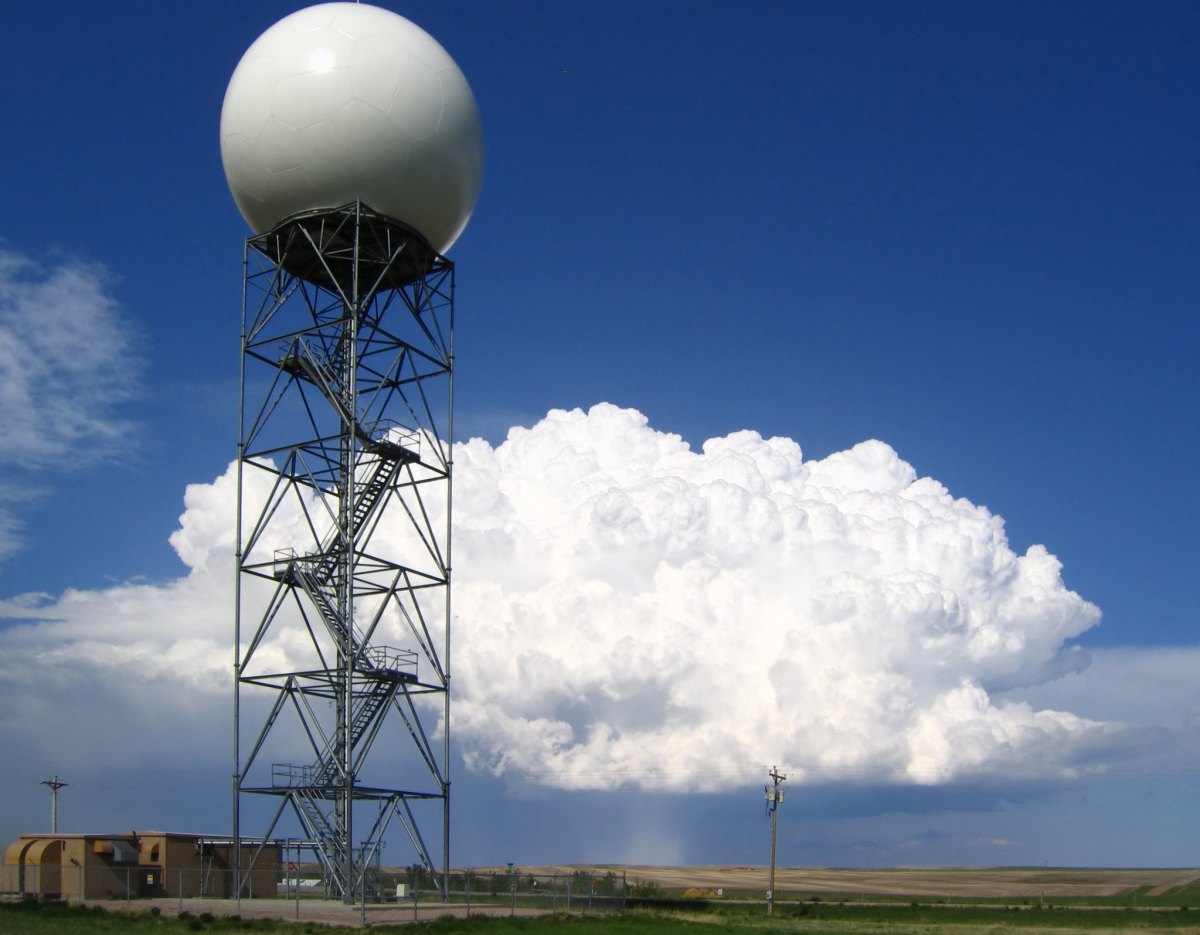Weather Radar Basics

Weather radar, a sophisticated tool in meteorology, utilizes radio waves to detect and track precipitation, such as rain, snow, sleet, or hail, in the atmosphere. The radar system emits pulses of radio waves and analyzes the echoes that bounce back from precipitation particles. By examining these echoes, meteorologists can determine the location, intensity, and movement of weather systems.
Weather radar, a beacon of meteorological foresight, allows us to anticipate the unpredictable dance of clouds. For a more dynamic perspective, venture into the realm of live weather radar , where the symphony of raindrops and wind currents unfolds in real-time.
Through this digital portal, we become witnesses to the ever-changing canvas of the sky, empowering us with a deeper understanding of weather’s capricious nature.
Types of Weather Radar Systems
There are various types of weather radar systems, each designed for specific applications. The most common types include:
- Doppler weather radar: Measures the velocity of precipitation particles, providing information about wind speed and direction within storms.
- Dual-polarization radar: Transmits radio waves in both horizontal and vertical polarizations, providing more detailed information about precipitation type and size.
- Phased-array radar: Employs multiple antennas that can be electronically steered, enabling rapid scanning and improved spatial resolution.
Limitations and Challenges
While weather radar is a valuable tool, it has certain limitations. These include:
- Beam blockage: Obstacles like mountains or buildings can block the radar beam, creating blind spots.
- Attenuation: Precipitation can weaken the radar beam, reducing its range and accuracy.
- Ground clutter: Echoes from the ground can interfere with precipitation echoes, making it difficult to distinguish between the two.
Weather Radar Applications
Weather radar has revolutionized various fields, including meteorology, aviation, and hydrology. Its ability to detect and track precipitation in real-time provides valuable insights into weather patterns, enabling us to forecast and prepare for extreme events.
Meteorology, Weather radar
Meteorologists rely on weather radar data to observe and analyze precipitation patterns, cloud formations, and atmospheric conditions. This information aids in weather forecasting, allowing them to predict the movement and intensity of storms, identify potential hazards, and issue timely warnings.
Aviation
In aviation, weather radar is crucial for flight safety. It helps pilots navigate through adverse weather conditions by providing real-time information about precipitation, turbulence, and wind shear. This enables them to avoid hazardous areas and make informed decisions regarding flight paths and landing procedures.
Hydrology
Hydrologists utilize weather radar data to monitor and predict rainfall distribution and intensity. This information is essential for managing water resources, forecasting floods, and mitigating their impact. By tracking precipitation patterns, hydrologists can identify areas at risk of flooding and implement measures to prevent or minimize damage.
Advanced Weather Radar Techniques

The realm of weather radar technology has witnessed a surge in cutting-edge techniques, pushing the boundaries of accuracy and reliability. Among these advancements, dual-polarization and Doppler radar stand out as game-changers, empowering meteorologists with unprecedented insights into the intricate world of weather patterns.
Dual-Polarization Radar
Dual-polarization radar, a revolutionary leap forward, utilizes two orthogonal polarizations to transmit and receive radar signals. This ingenious approach unlocks a wealth of information about the shape, size, and type of precipitation particles, enabling meteorologists to distinguish between rain, hail, and even different types of snowflakes.
By analyzing the differential reflectivity and correlation coefficient, dual-polarization radar provides invaluable data on the microphysical properties of precipitation. This detailed information aids in more accurate rainfall estimation, improved hail detection, and enhanced understanding of storm dynamics.
Doppler Radar
Doppler radar, another technological marvel, measures the velocity of precipitation particles by analyzing the frequency shift in the reflected radar signal. This remarkable capability allows meteorologists to track the movement and intensity of storms, providing crucial information for timely warnings and emergency response.
Doppler radar excels in detecting wind shear, a critical factor in the formation of tornadoes and other severe weather events. By identifying areas of rapid wind speed changes, meteorologists can issue early warnings, giving communities precious time to prepare and seek shelter.
Future of Weather Radar Technology
The future of weather radar technology holds boundless possibilities. Ongoing research and development efforts promise even more sophisticated and versatile radar systems.
- Advanced signal processing algorithms will further enhance the accuracy and resolution of radar data.
- Phased array radars, with their ability to steer beams electronically, will provide more flexible and rapid scanning capabilities.
- Integration with other weather observation systems, such as satellites and lightning detection networks, will create a comprehensive and real-time picture of weather conditions.
As weather radar technology continues to evolve, its applications will expand beyond traditional weather forecasting. These advanced techniques will play a pivotal role in fields such as hydrology, agriculture, and aviation, contributing to a safer and more informed society.
Weather radar, the watchful eye that pierces through clouds, unveils the secrets of storms. Its beams dance across the sky, painting a vivid picture of precipitation patterns. Now, let us shift our gaze to the Atlantic, where Hurricane Beryl swirls.
For the latest updates on its path, we turn to where is beryl now. With the aid of weather radar, we can track its movements, anticipate its impact, and safeguard lives.